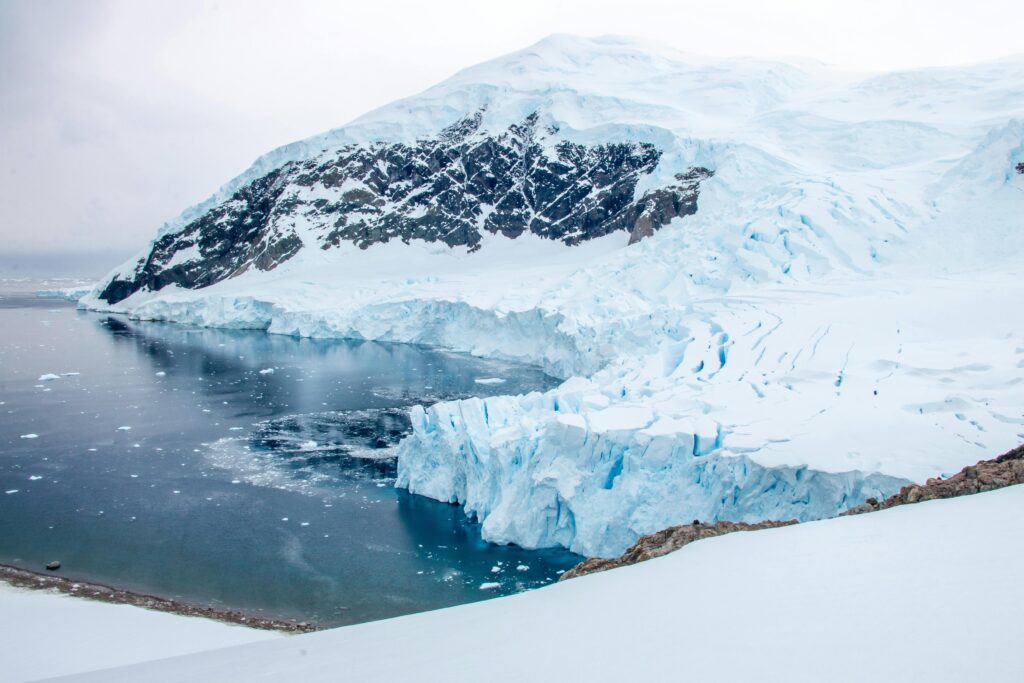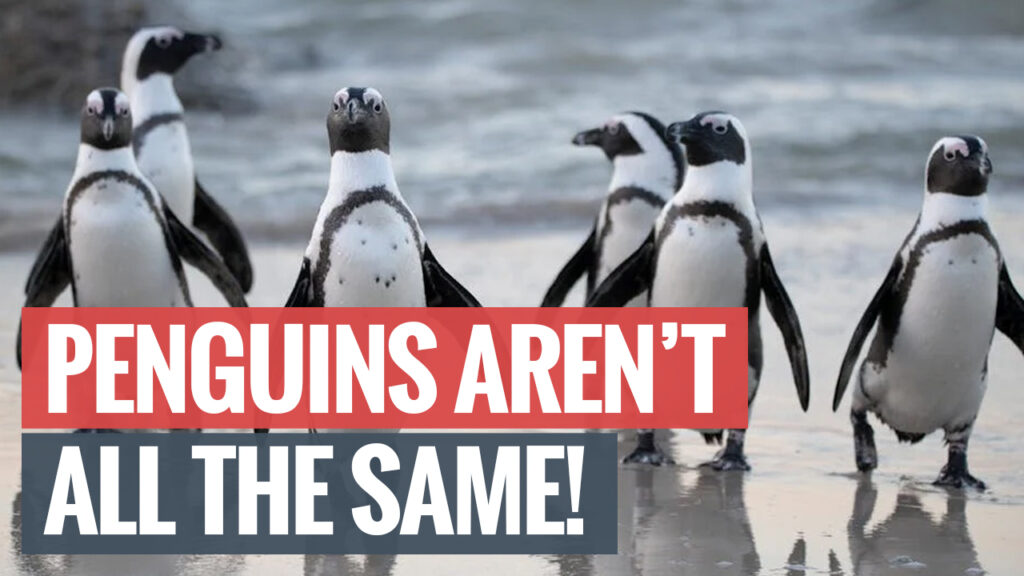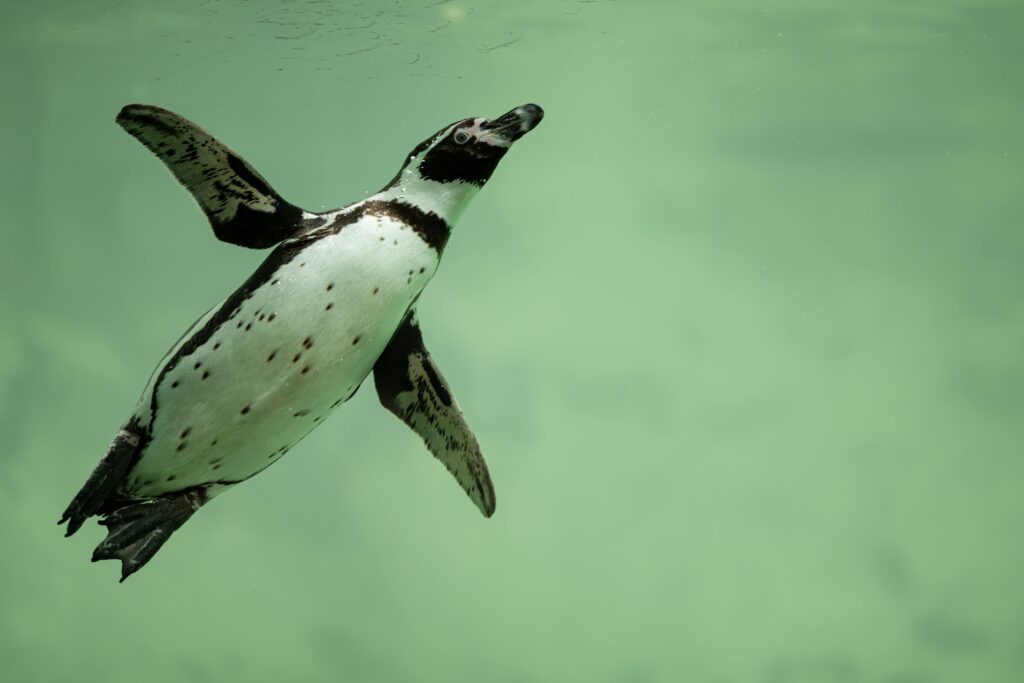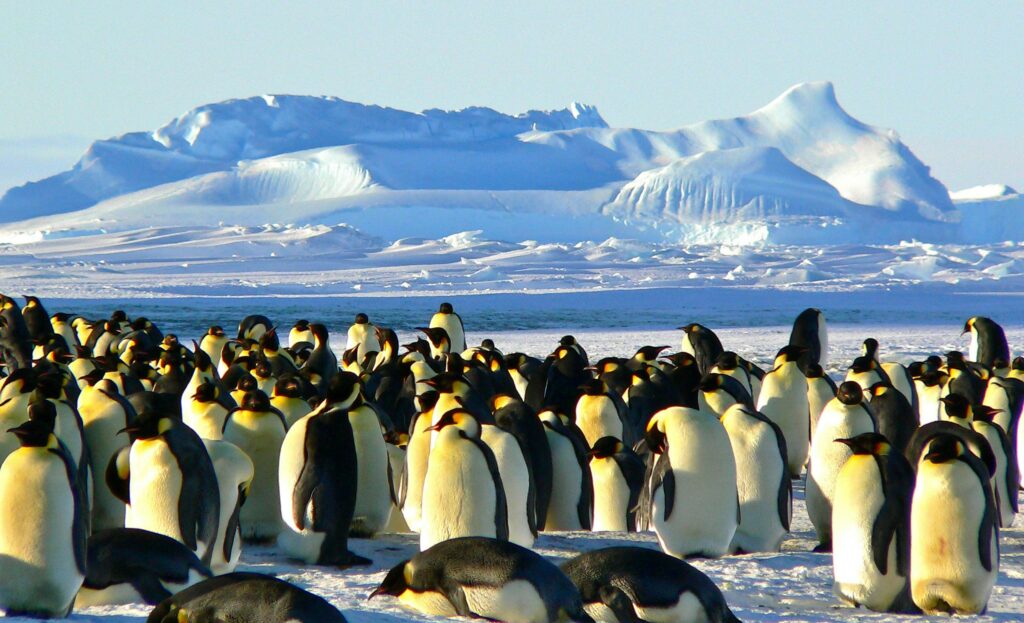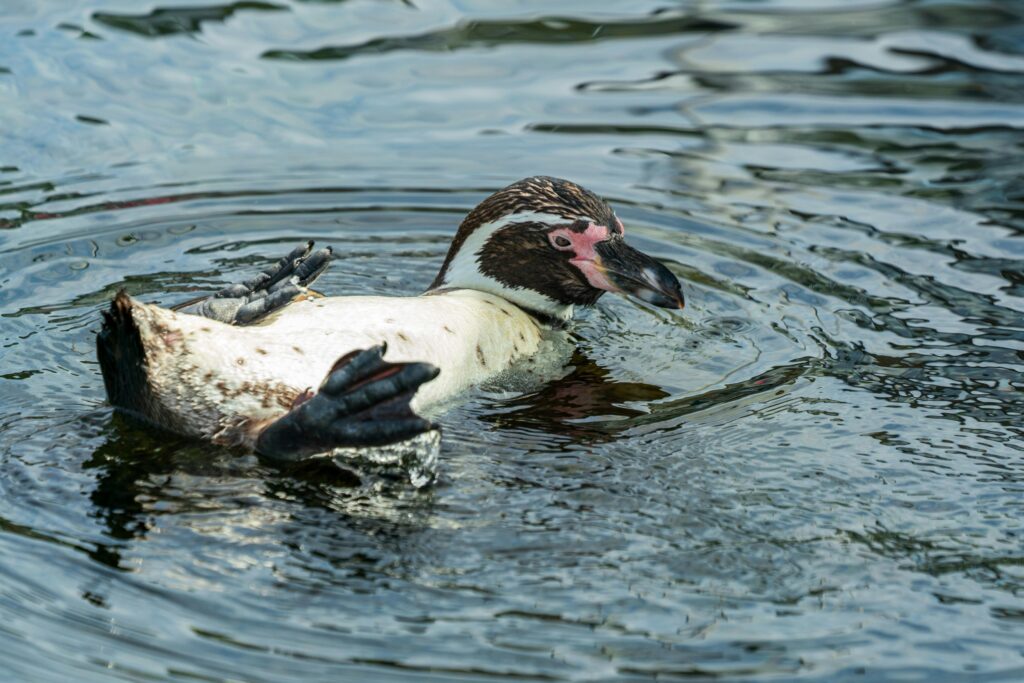How global warming is reshaping the future of penguin survival
How global warming is reshaping the future of penguin survival
Penguins, the charming icons of icy wilderness, are far more than adorable waddlers in tuxedos. They are living barometers of ocean and climate health. As Earth’s temperature rises and weather patterns grow unstable, penguins are facing an unprecedented fight for survival. Climate change is no longer a distant, abstract threat—it is a present-day crisis dismantling the delicate balance that penguins depend on.
This deep-dive explores how melting ice, shifting food webs, and human activity are changing penguin life from Antarctica to the Galápagos. You will learn what scientists are discovering, how conservationists are responding, and—most importantly—what everyday people can do to help.
🌡️ Melting Habitats: The ice is vanishing
Emperor, Adelie, and several other polar species rely on sea-ice platforms to breed, molt, and hunt. But satellite records show Antarctic sea ice is forming weeks later and breaking up months earlier than it did just forty years ago.
- In 2023 the British Antarctic Survey reported that early ice break-ups likely drowned more than 10 ,000 Emperor-penguin chicks when they were still too young to swim.
- Adelie colonies along the Antarctic Peninsula have shrunk by over 60 % since the 1980s as their nesting beaches turn to open water.
Less ice also means less refuge from leopard seals and killer whales, forcing penguins to spend more energy avoiding predators.
🐟 Shifting Food Sources: Where did the fish go?
Most penguins eat krill, sardines, or anchovies—creatures exquisitely sensitive to water temperature and acidity. Southern Ocean surface waters are now warmer and 30 % more acidic than pre-industrial levels. Krill nurseries near the Antarctic Peninsula have fallen by roughly 80 % since 1970.
Penguins respond by swimming farther and diving deeper; a single Chinstrap may now log 120 km per day in search of prey. More time hunting means less time guarding eggs, so chick mortality rises.
Overfishing compounds the stress. Industrial trawlers remove two million tonnes of Southern Ocean krill each year—exactly the biomass penguins, seals, and whales evolved to share.
📉 Population Declines and Species at Risk
According to the IUCN Red List, 10 of 18 penguin species are declining.
- Galápagos Penguin – fewer than 2 ,000 adults remain; El Niño warms the water and shuts down cold-nutrient upwelling.
- Northern Rockhopper – numbers on Tristan da Cunha islands are down 57 % in three decades.
- African Penguin – crashed by 95 % since 1900; warming currents push sardines away from historical colonies at Boulders Beach.
These trends echo across the Southern Hemisphere, signaling a broader marine imbalance.
🧪 Inside the Science: New technology, new insight
Researchers use:
- Satellite imagery to count colonies the size of football fields from orbit.
- Autonomous drones to map nest density without disturbing birds.
- Bio-logging tags that record dive depth, heart rate, and even stomach temperature.
Projects like the Antarctic Research Trust Climate-Bio Model merge penguin tracking with sea-ice forecasts to predict which colonies will thrive or collapse under future carbon-emission scenarios. Early results warn that 90 % of Emperor-penguin breeding sites could become “quasi-extinct” by 2100 if greenhouse gases follow today’s trajectory.
Further reading: British Antarctic Survey – Penguin Monitoring (bas.ac.uk) | IUCN Red List – Penguin Species Status (iucnredlist.org)
🛡️ Conservation in Action
Governments and NGOs are fighting back:
- Marine Protected Areas (MPAs) – The Ross Sea MPA, created in 2017, bans fishing across 1.55 million km², safeguarding key Emperor and Adelie feeding grounds.
- Krill-fishery catch limits – CCAMLR is tightening seasonal quotas so trawlers do not target the same regions where penguins feed their young.
- Climate-policy litigation – Environmental groups are suing nations that fail to meet Paris-Accord targets, arguing penguin habitat is part of the “global commons” deserving legal protection.
💡 What You Can Do
- Offset and cut personal carbon: fly less, insulate your home, choose renewable energy plans.
- Support science-based charities (WWF, Oceanites, Global Penguin Society). Even small recurring donations fund long-term colony surveys.
- Eat lower on the seafood chain and avoid brands linked to Antarctic krill extraction.
- Share accurate information—every retweet or classroom talk grows public pressure for ocean-smart policies.
🔗 Click here to learn What If Penguins Disappear? The Devastating Impact of Climate Change on Antarctica’s Fragile Ecosystem
https://penguinfriends.net/how-penguins-survive-the-harshest-winters-on-earth
